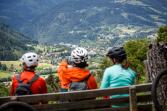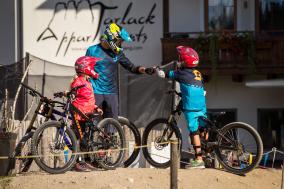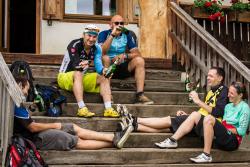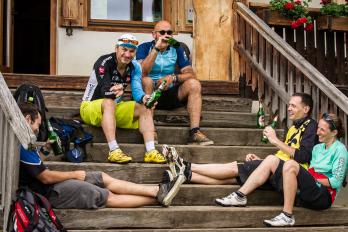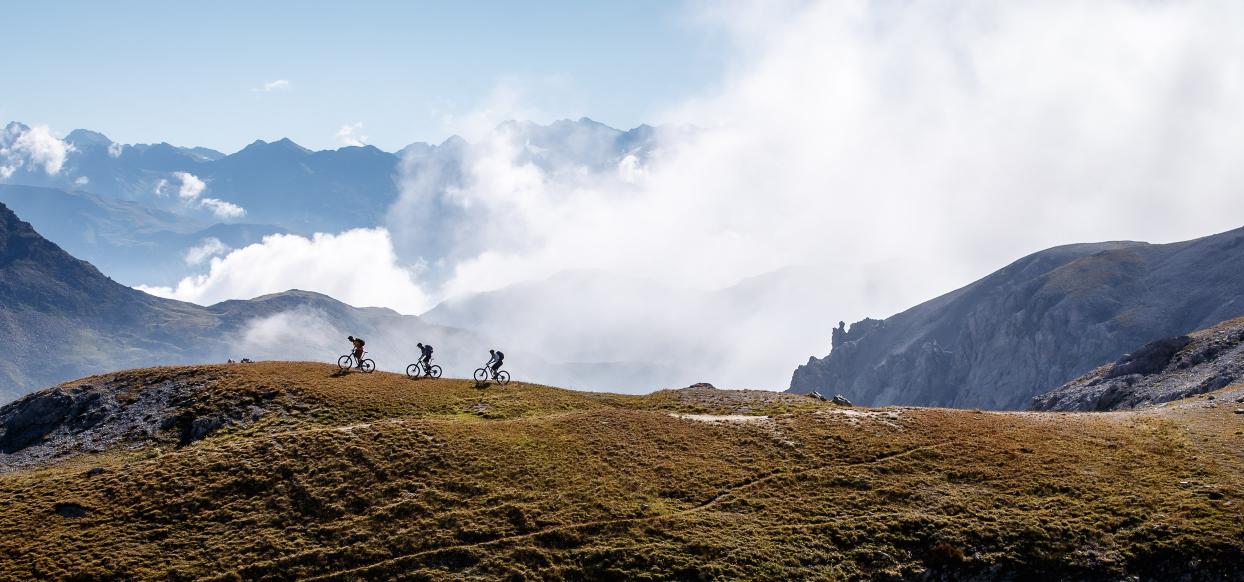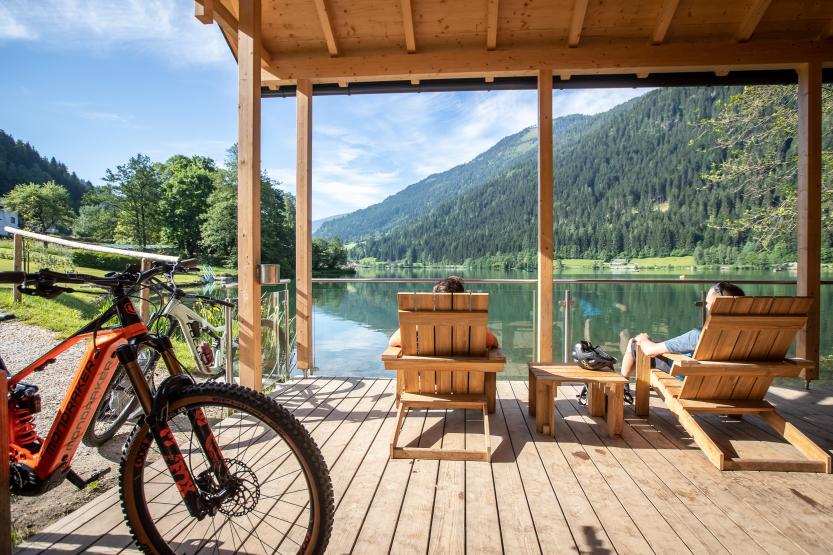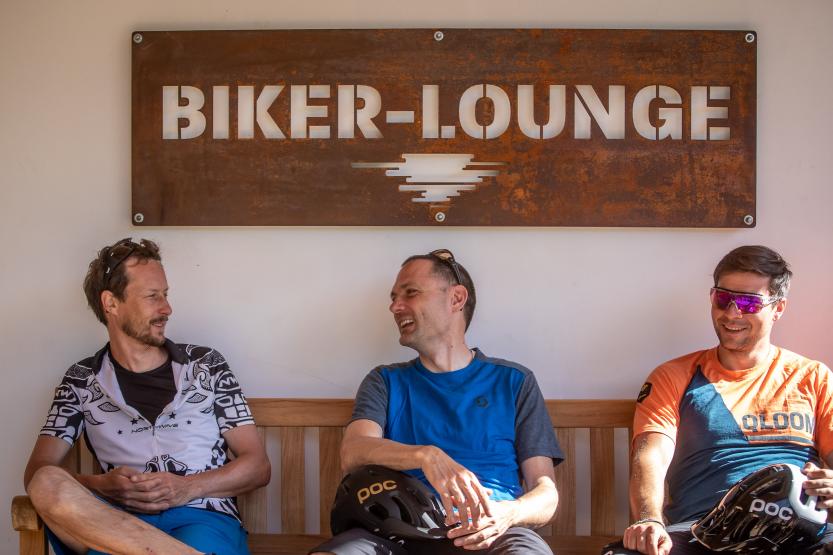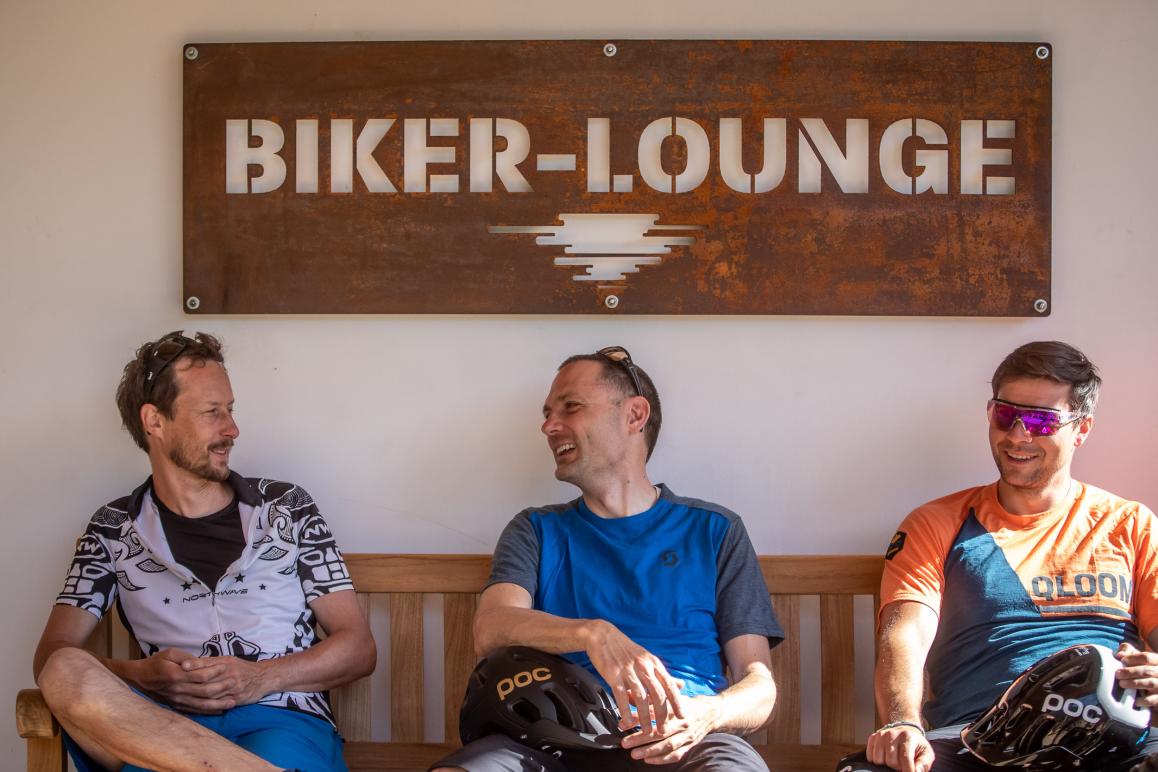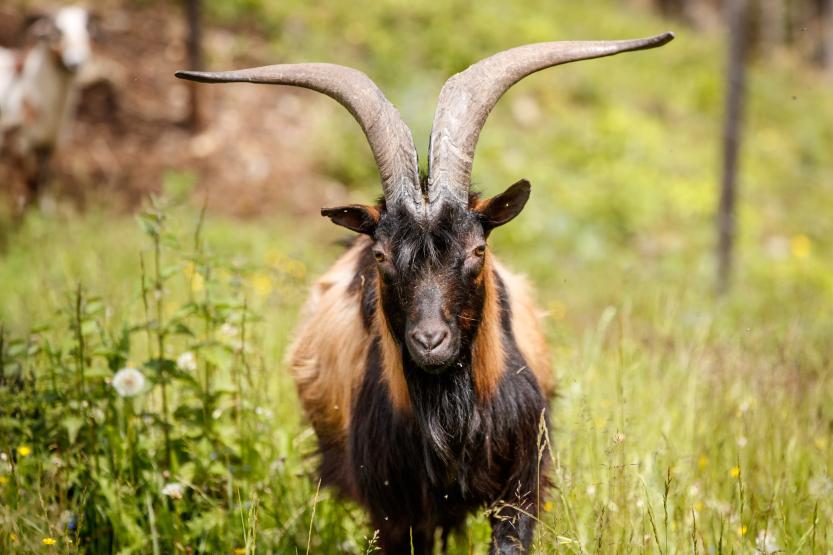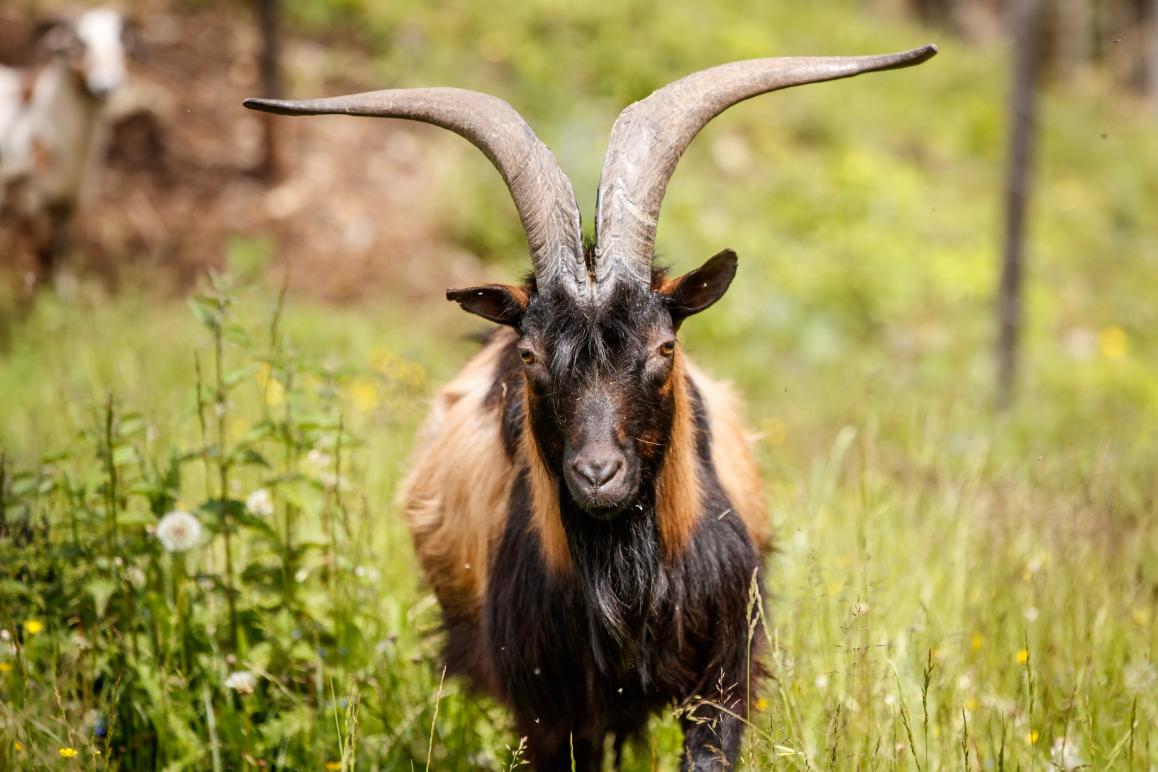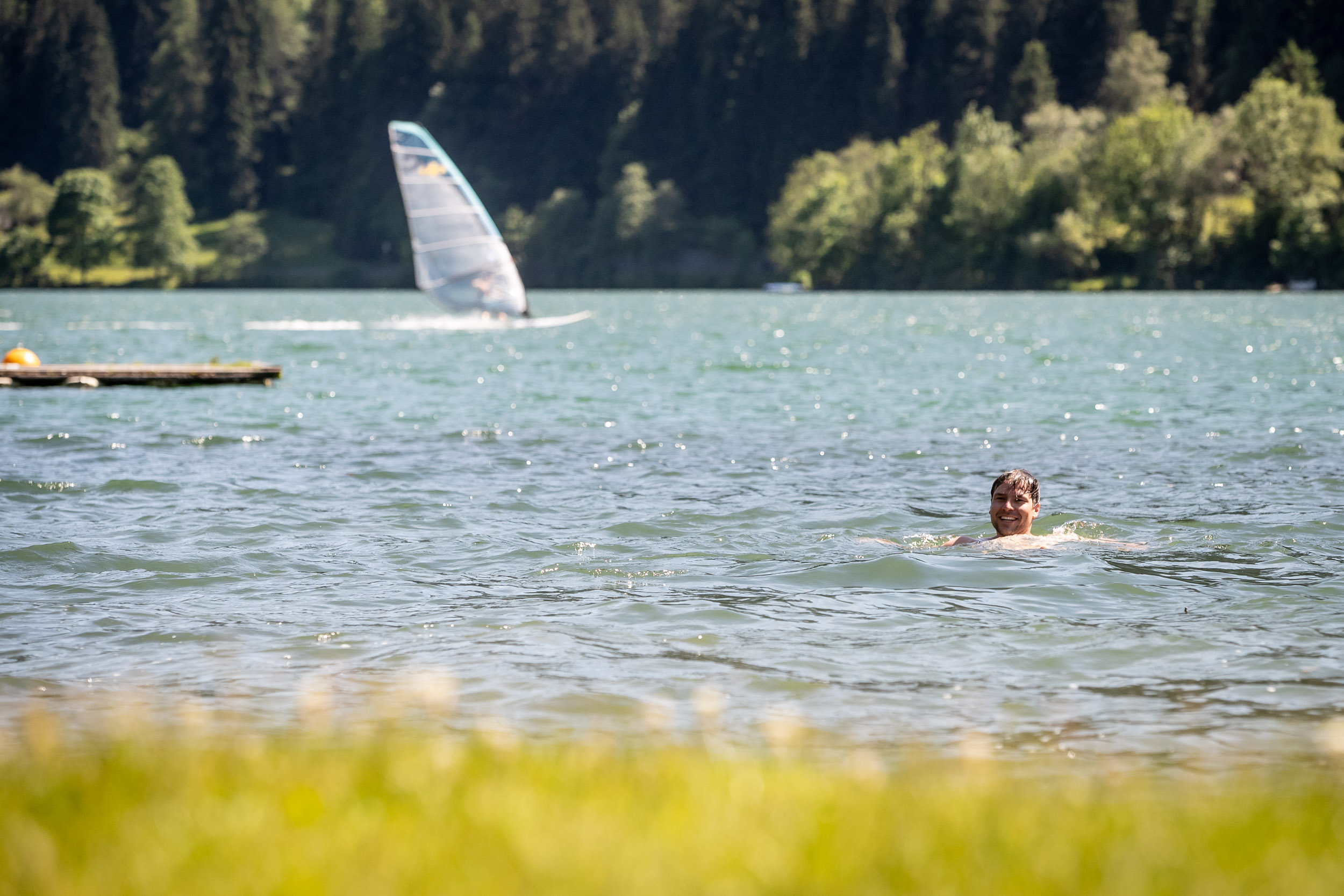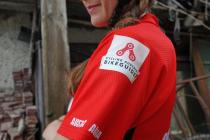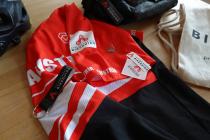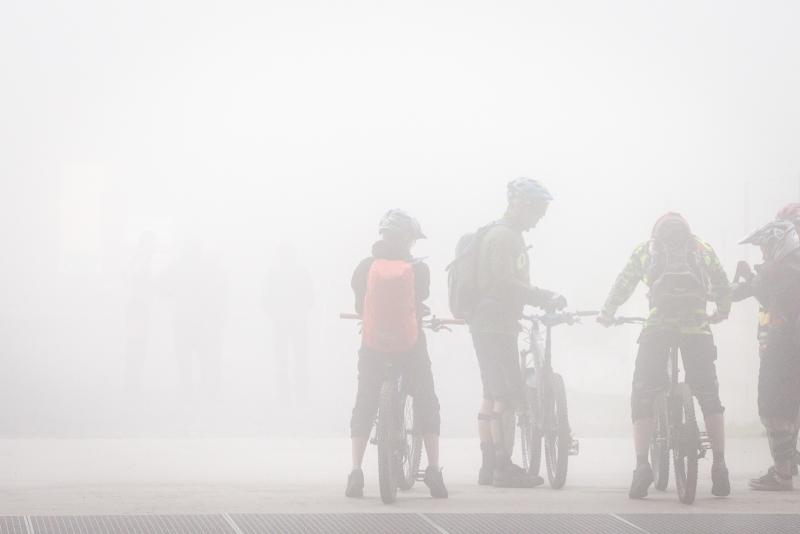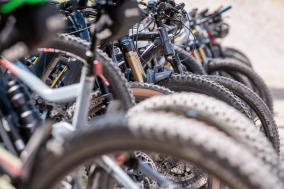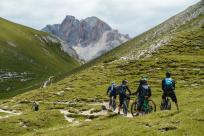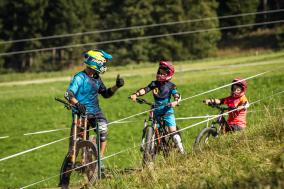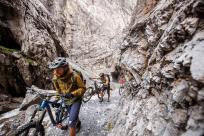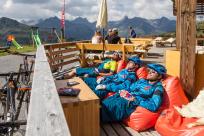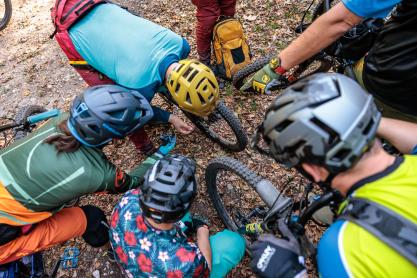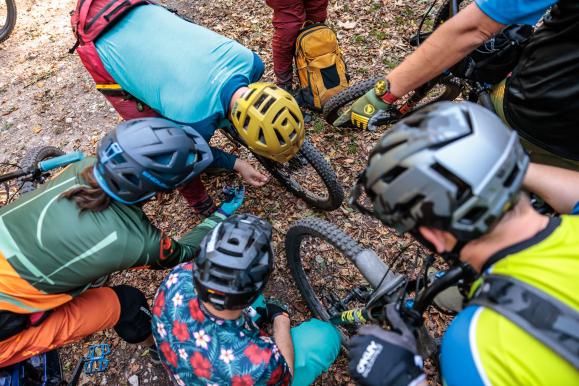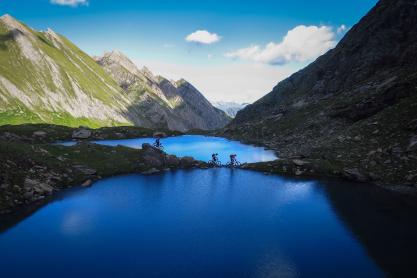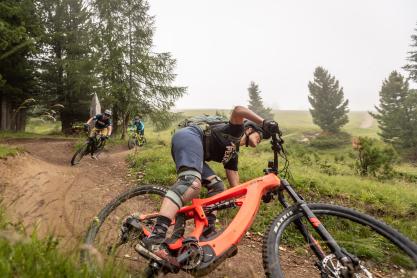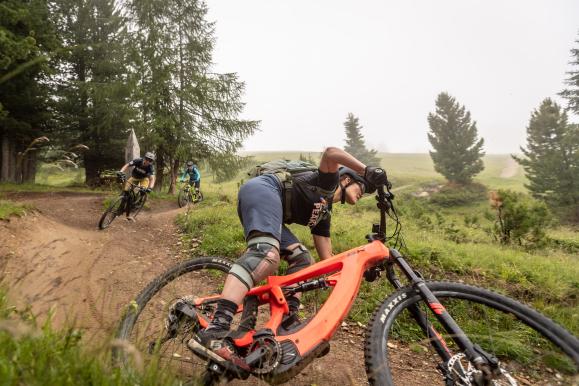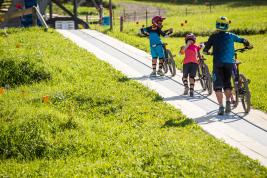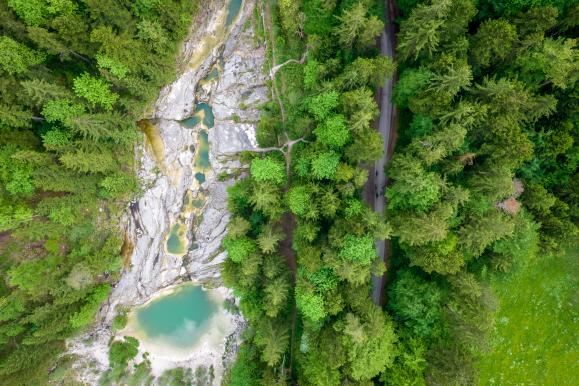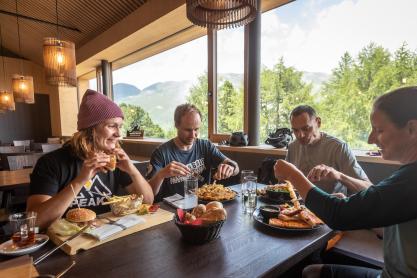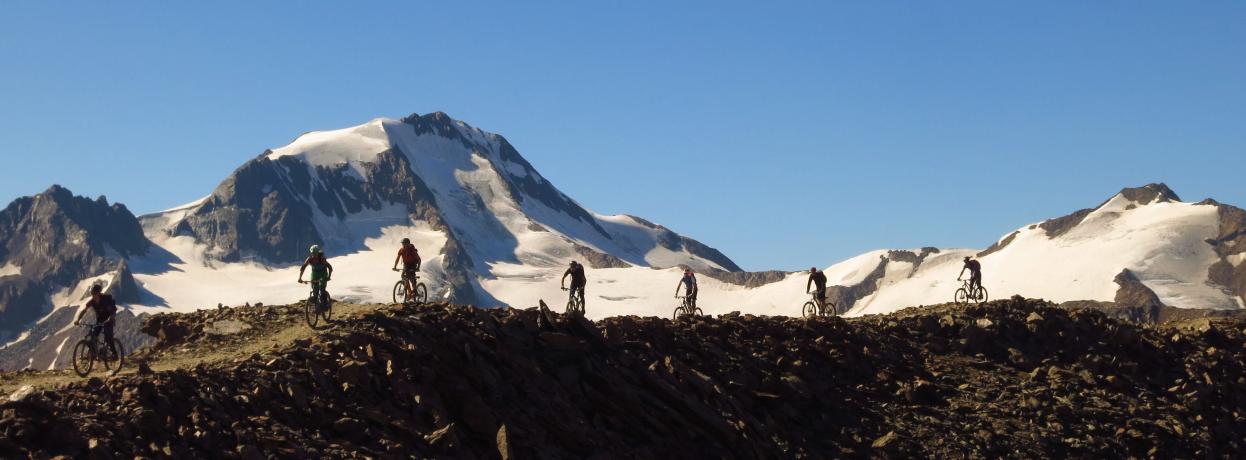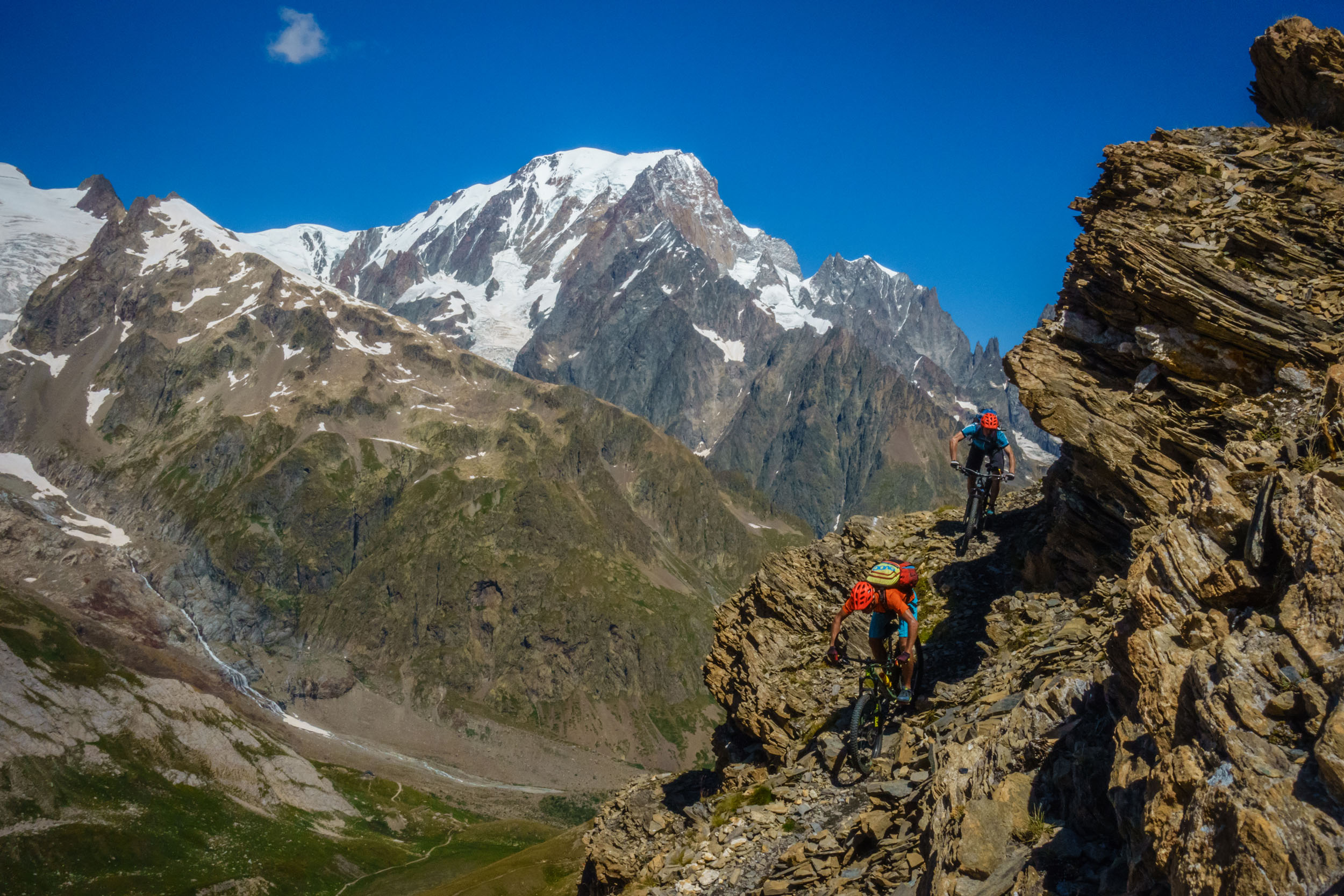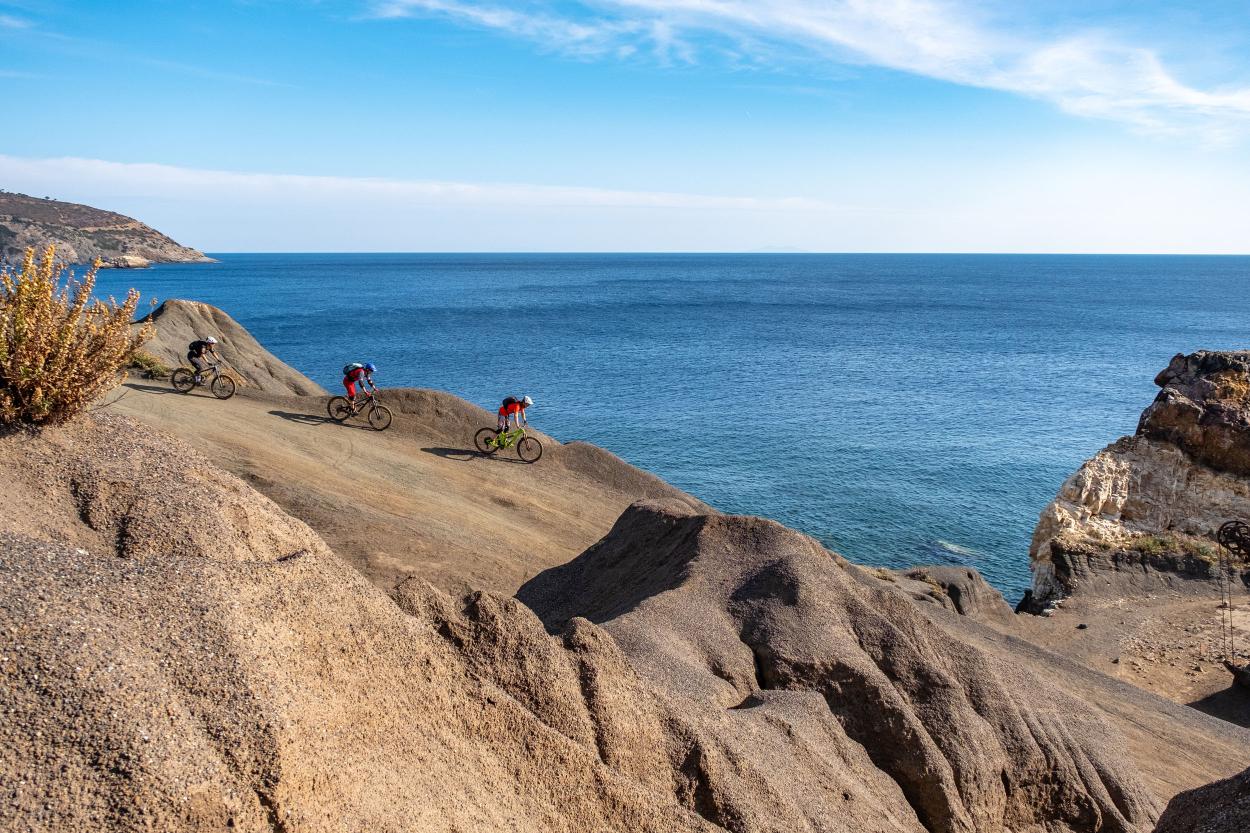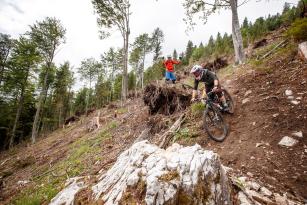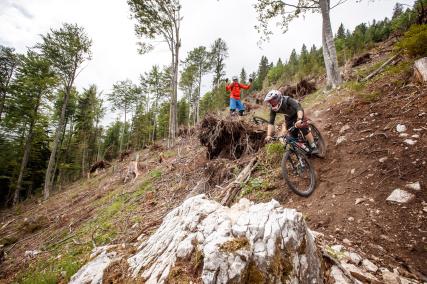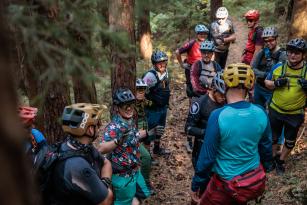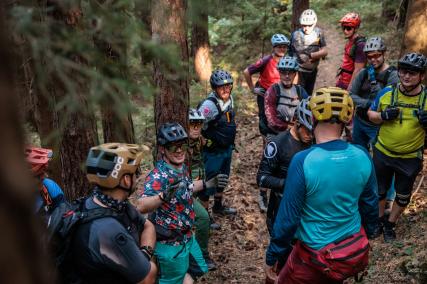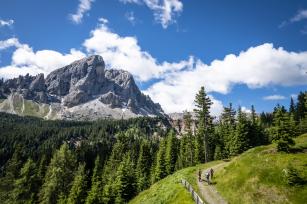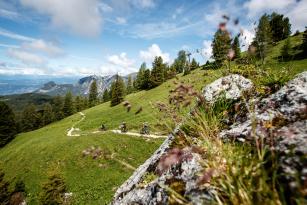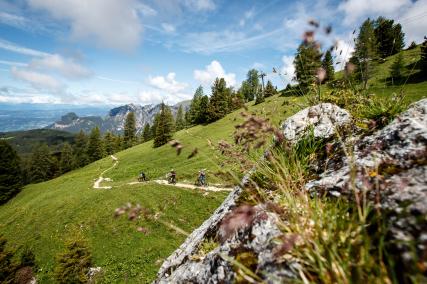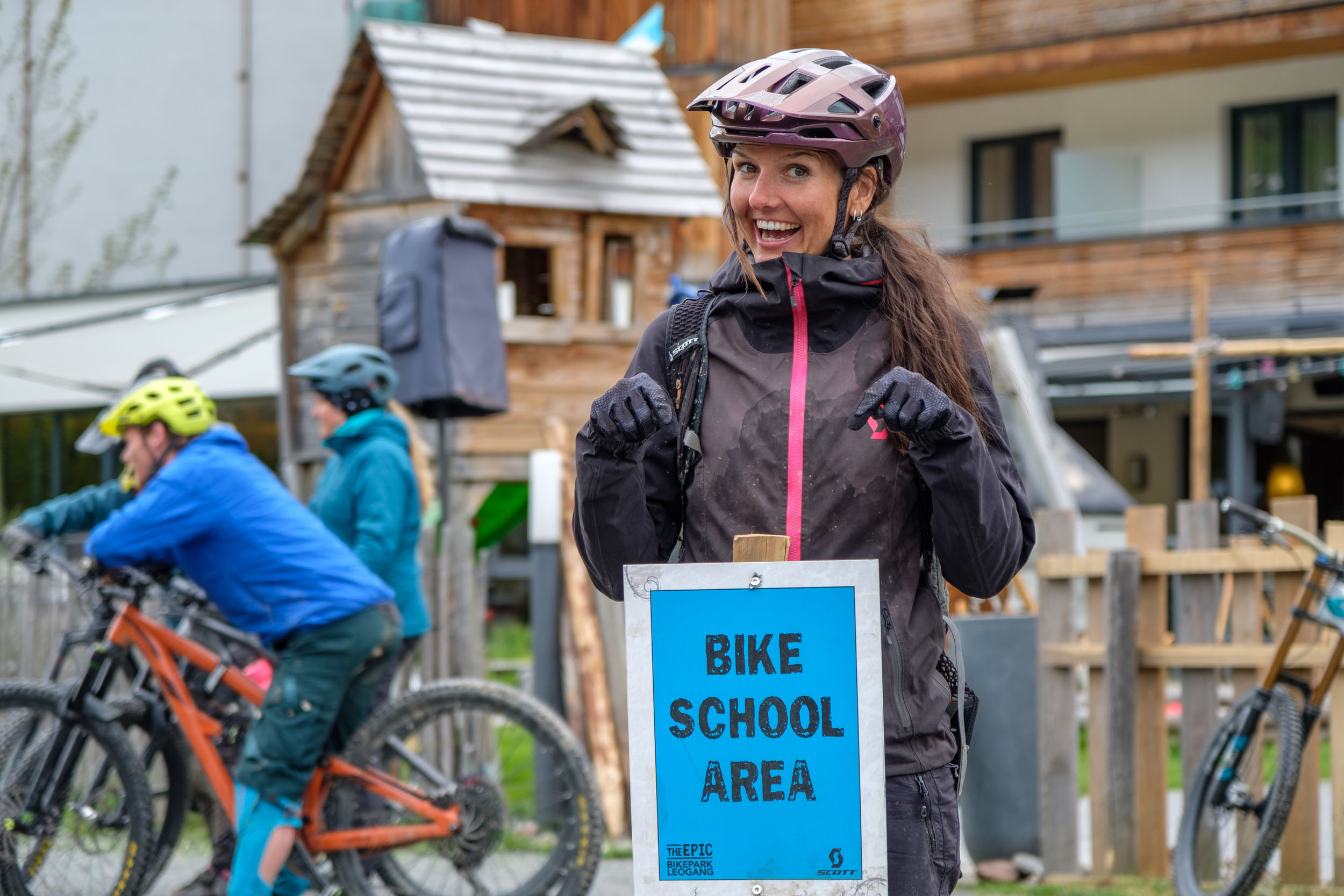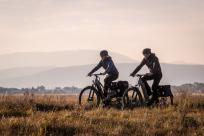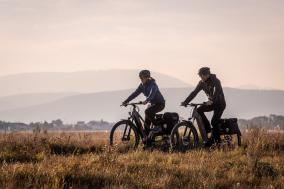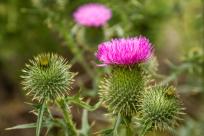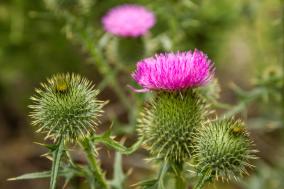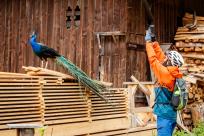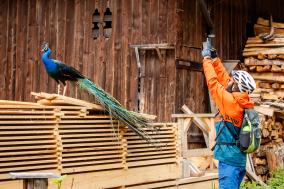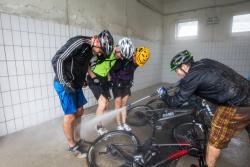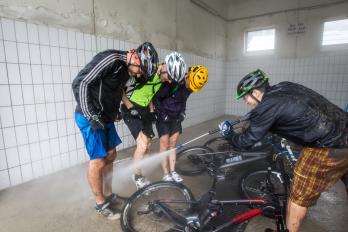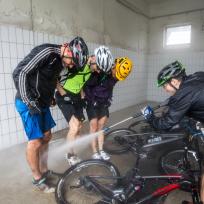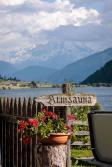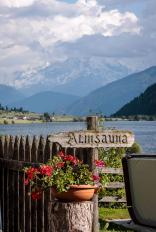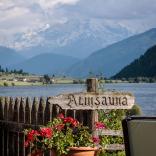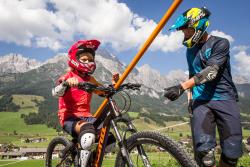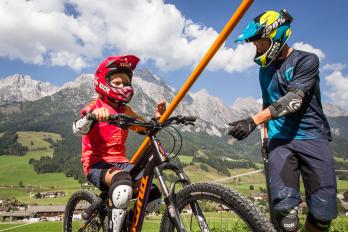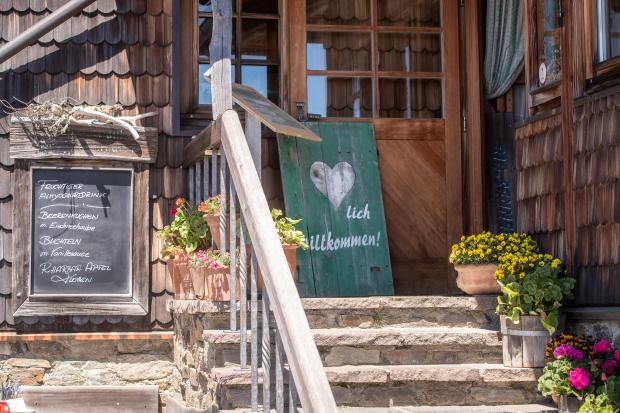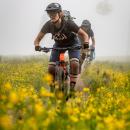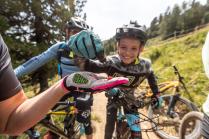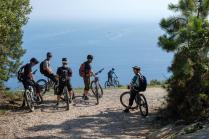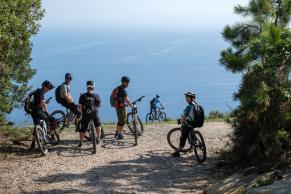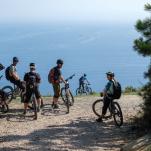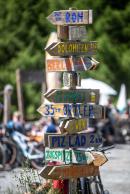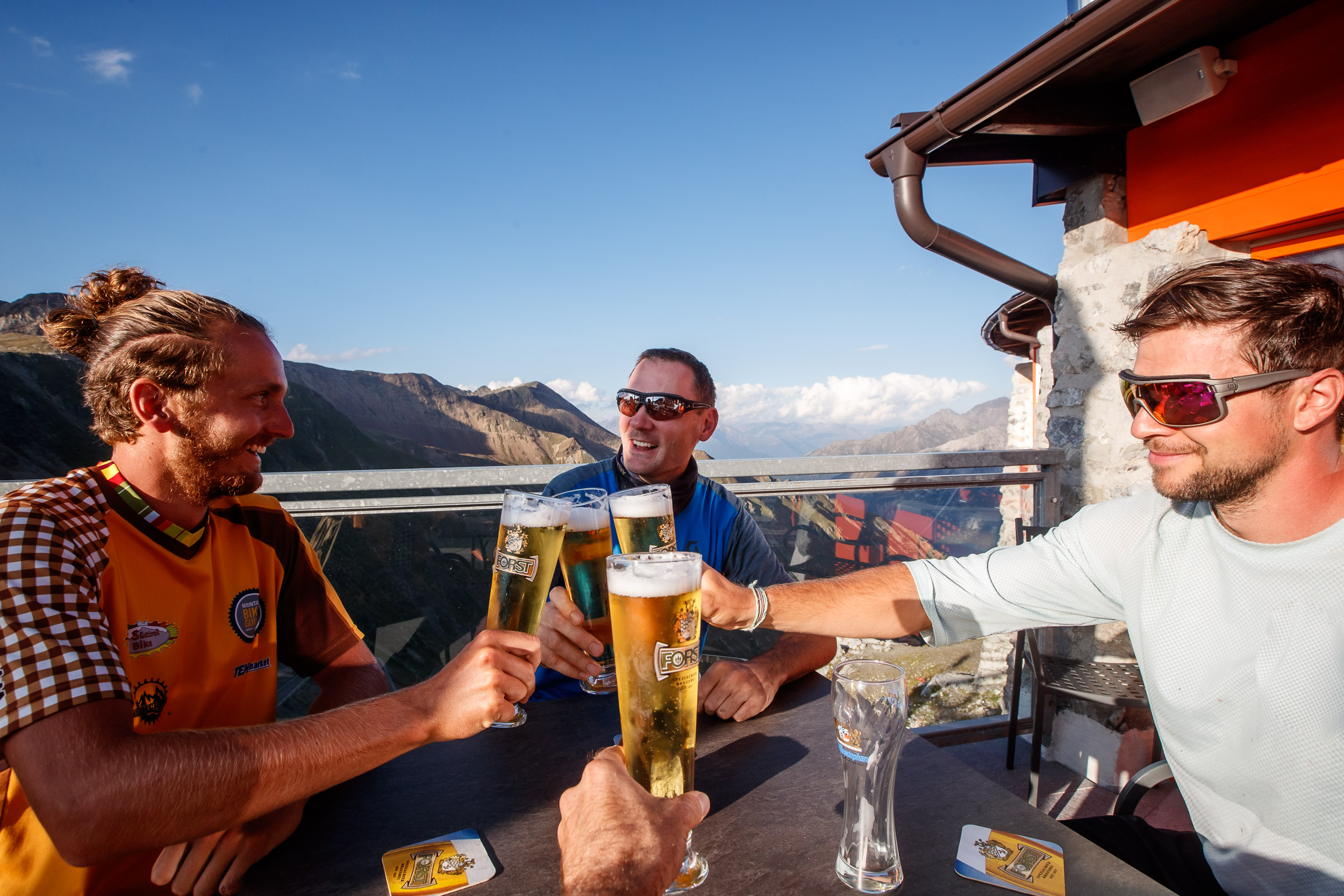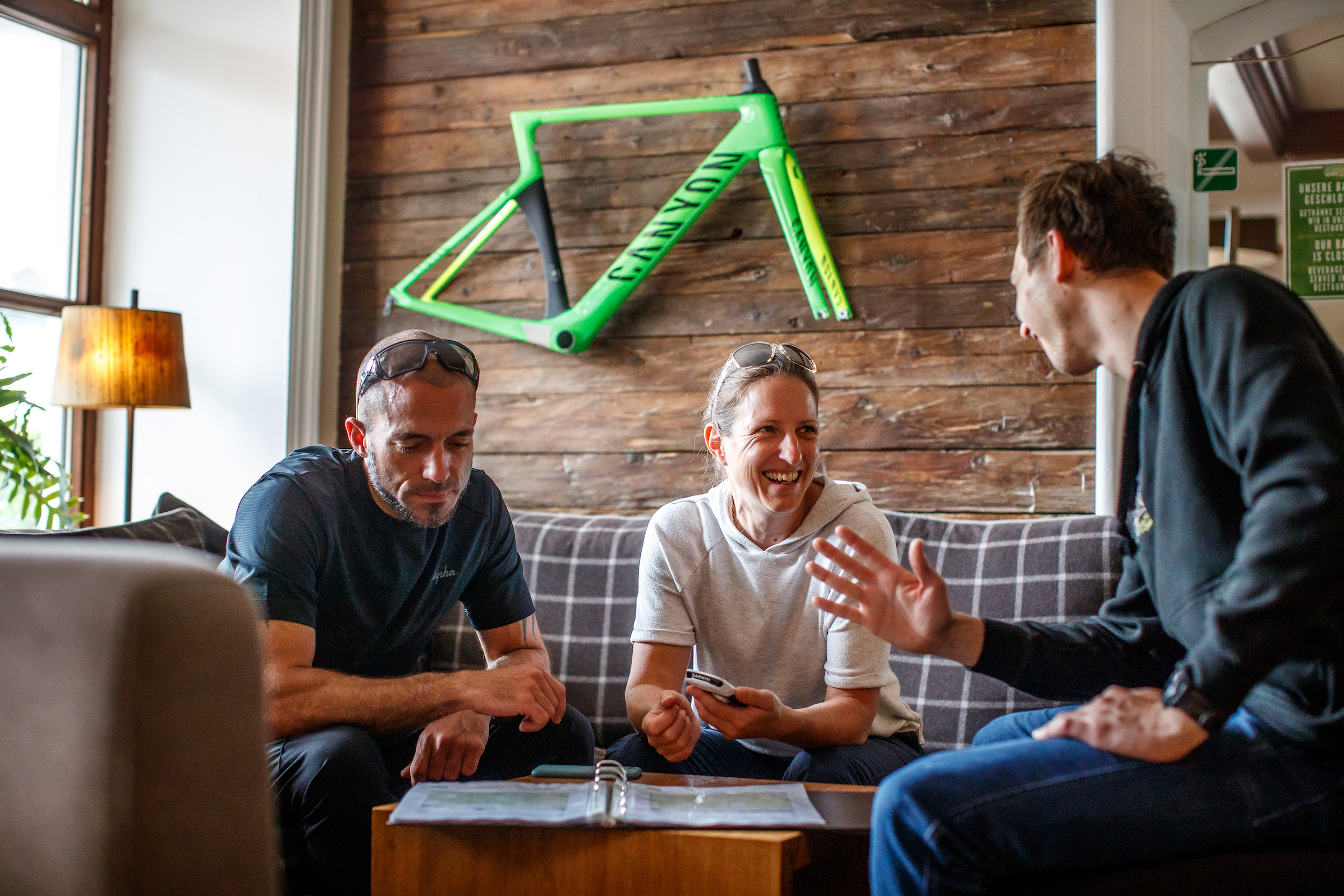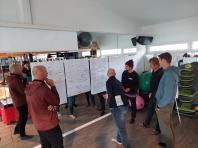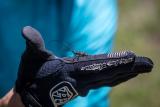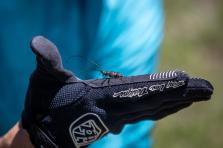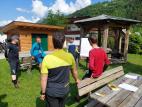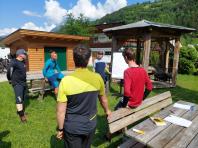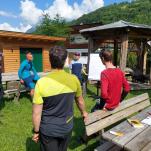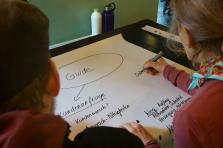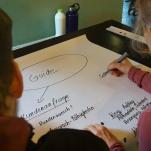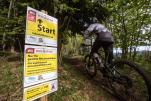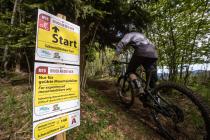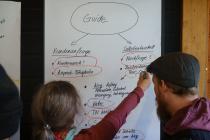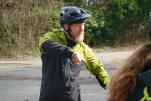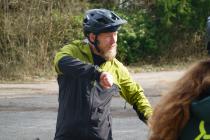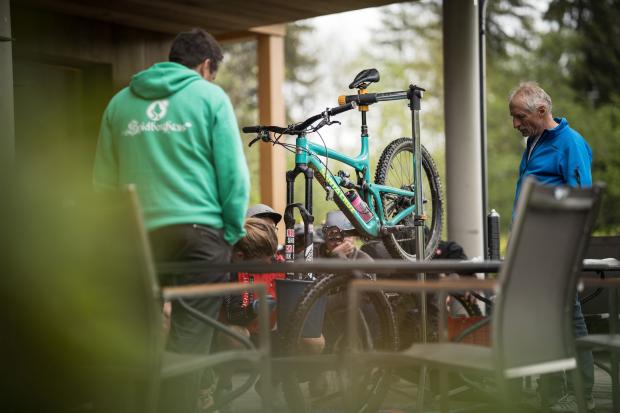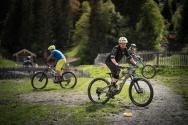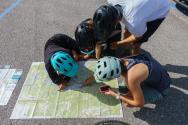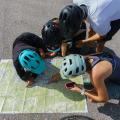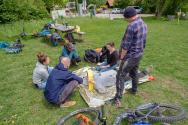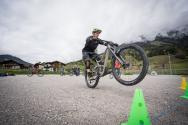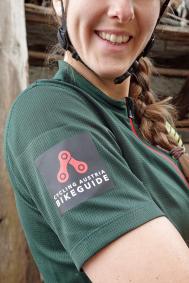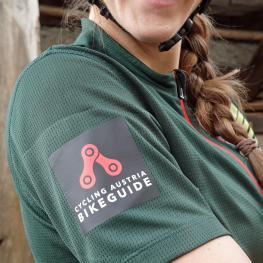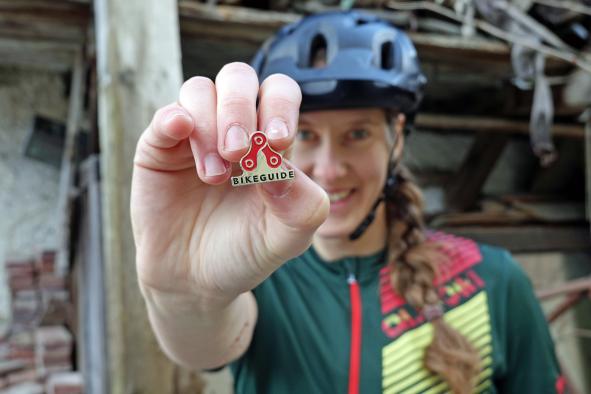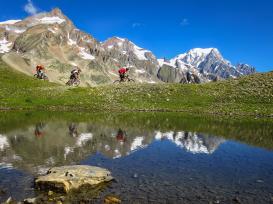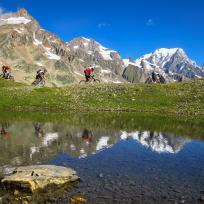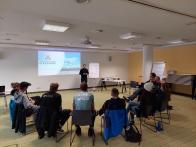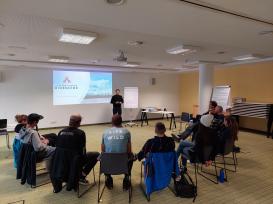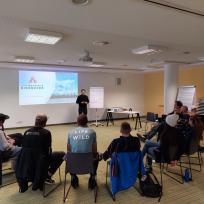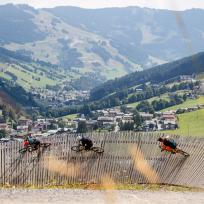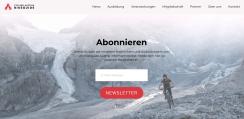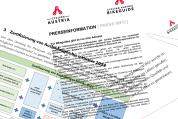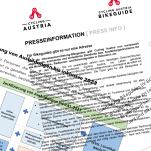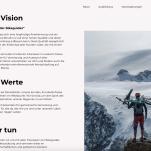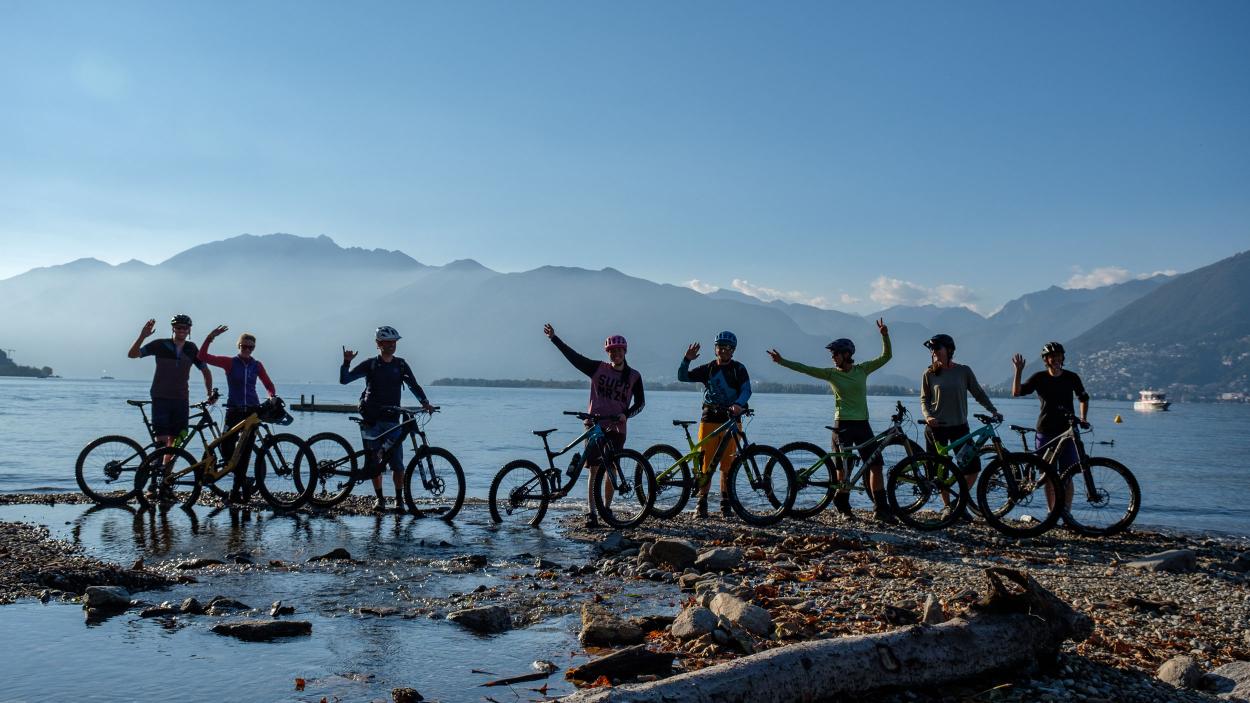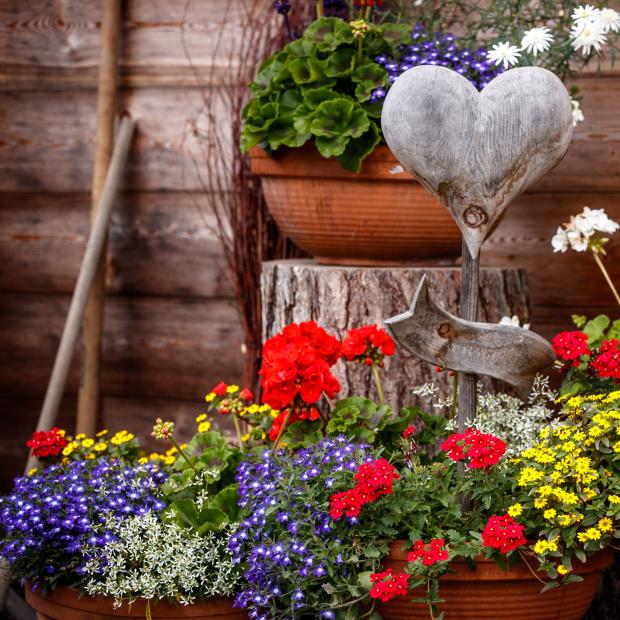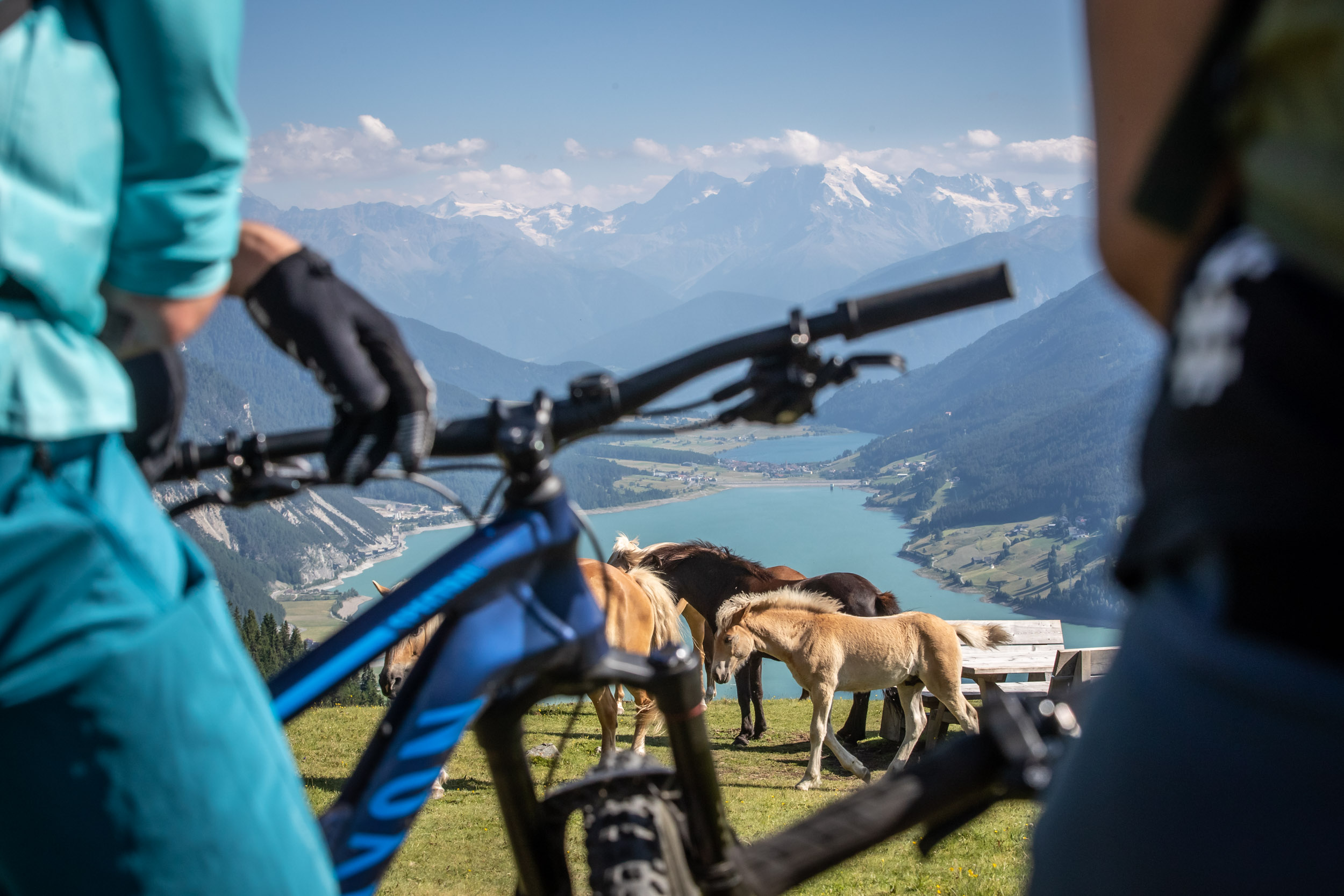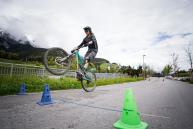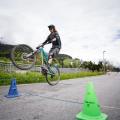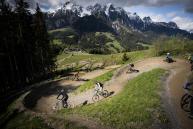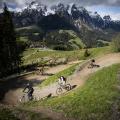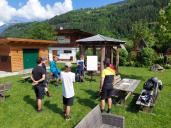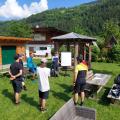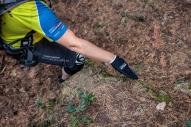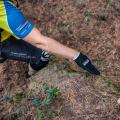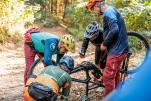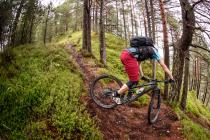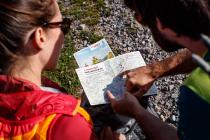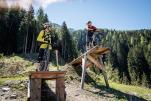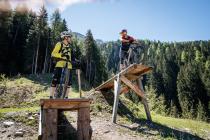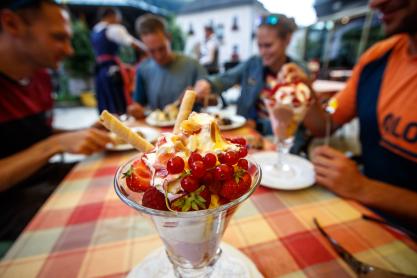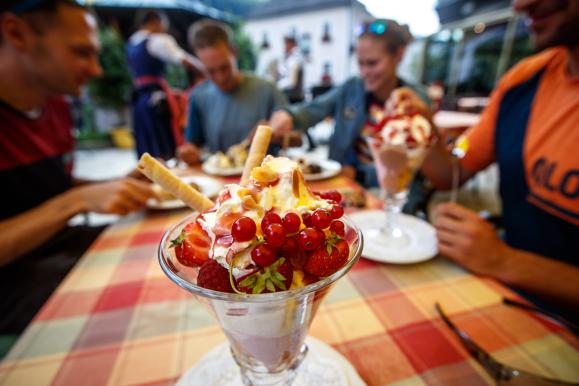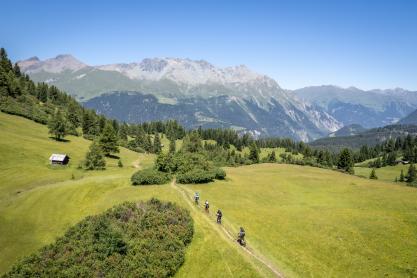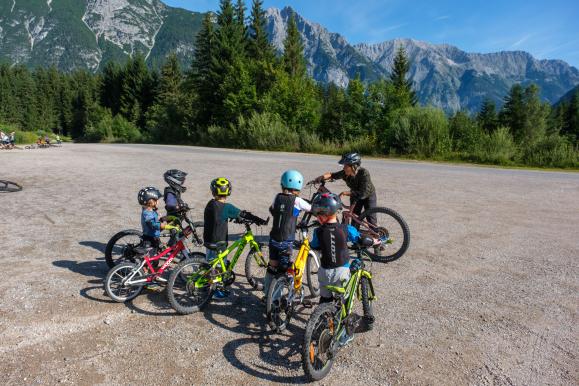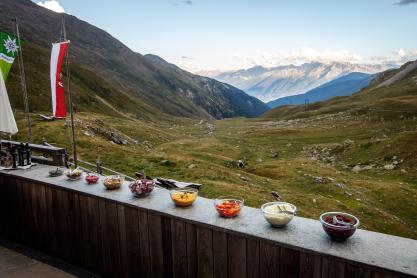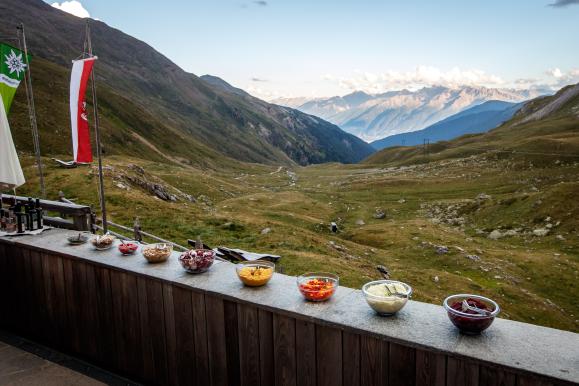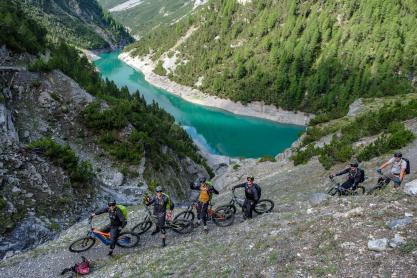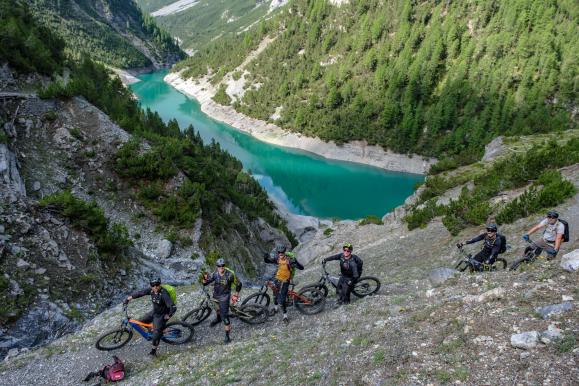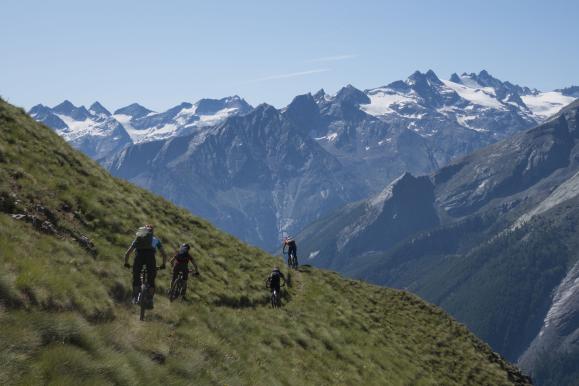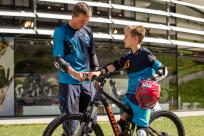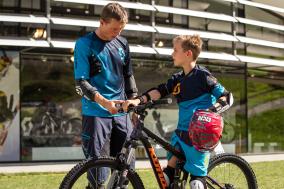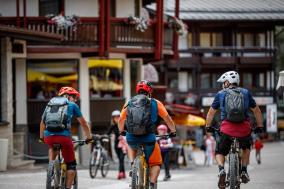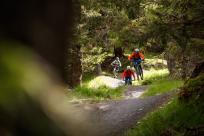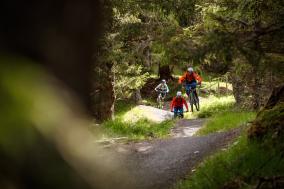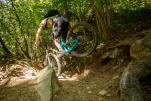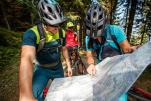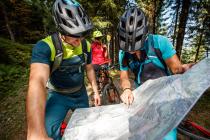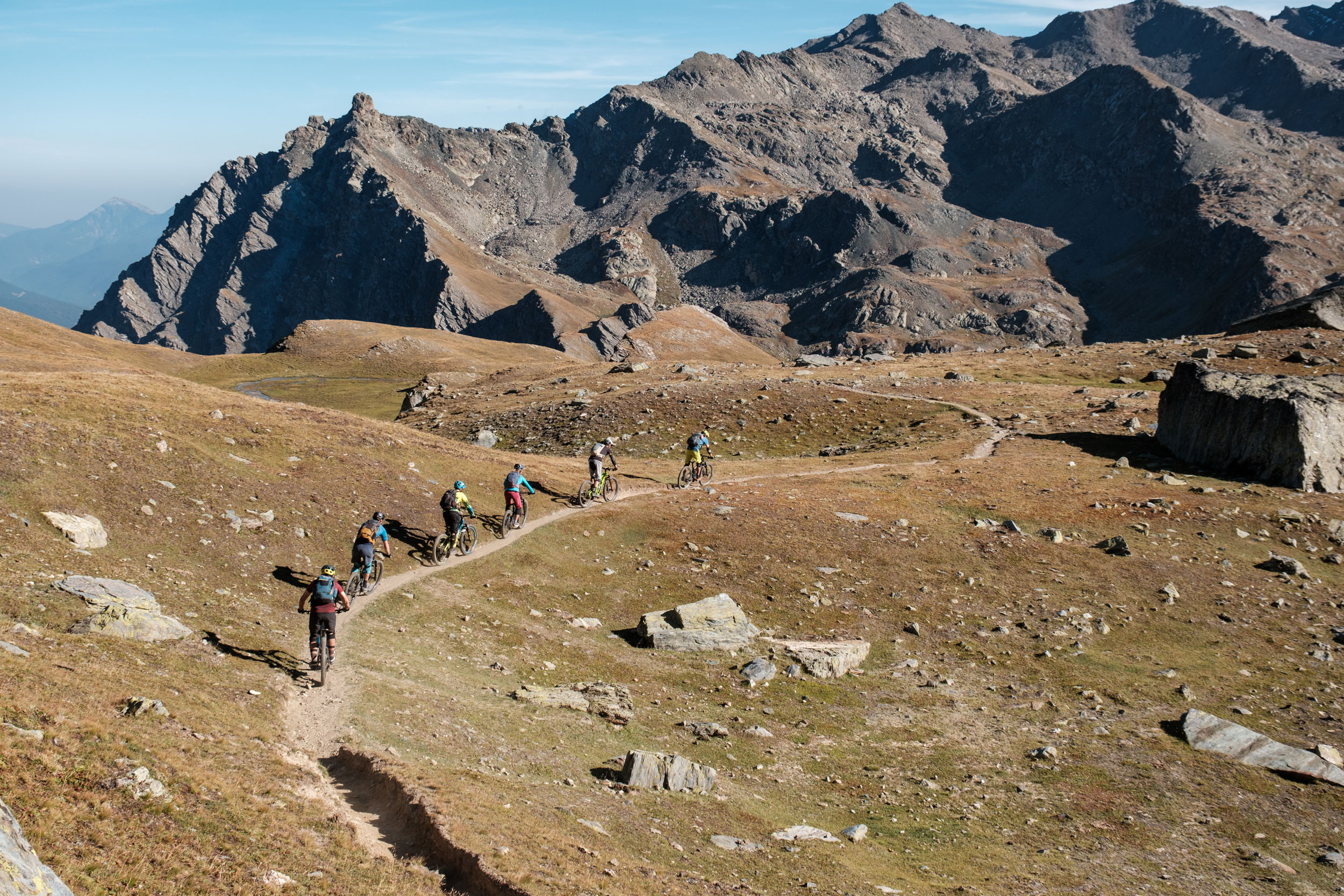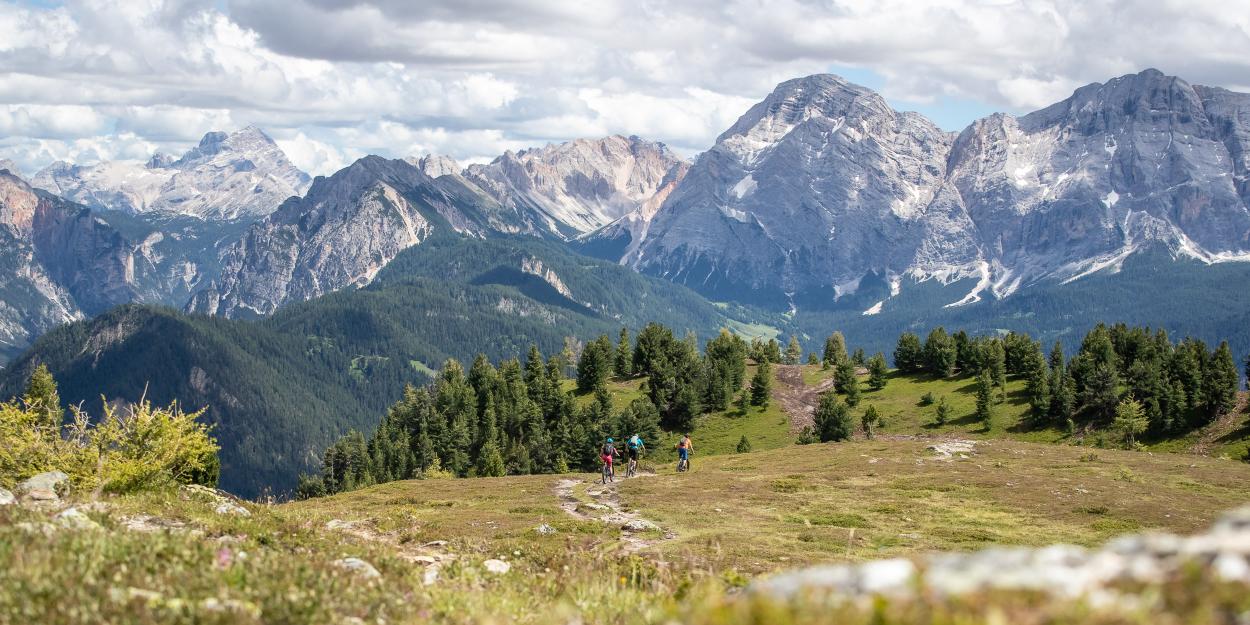
Bikeguide Austria
27.02.24 10:04 352024-02-27T10:04:00+01:00Text: NoMan, Peter Schrottmayer (translated by AI)Photos: Erwin Haiden, Markus Emprechtinger, Peter Schrottmayer, Lorenz Globits, Lisa MitterbauerAgainst the training jungle, for a uniform curriculum with quality and structure. With a service-oriented advocacy, the local Bikeguides are repositioning themselves, overhauling their own training, and above all, they want to be even better companions for their clients.27.02.24 10:04 1912024-02-27T10:04:00+01:00Bikeguide Austria
27.02.24 10:04 1912024-02-27T10:04:00+01:00 NoMan, Peter Schrottmayer (translated by AI) Erwin Haiden, Markus Emprechtinger, Peter Schrottmayer, Lorenz Globits, Lisa MitterbauerAgainst the training jungle, for a uniform curriculum with quality and structure. With a service-oriented advocacy, the local Bikeguides are repositioning themselves, overhauling their own training, and above all, they want to be even better companions for their clients.27.02.24 10:04 1912024-02-27T10:04:00+01:00Confessions of a storywriter: Rarely, very rarely do we pedal through the country on our own for our tour stories. Most of the time, we rely on (and insist upon) the support of a local guide – especially when heading into the mountains.
Not because we would be completely helpless wandering around alone, in need of technical riding support (although ...) or lacking friends who would want to accompany us. Rather, we value that as professionals in their field, tour guides simply know what we as guests can only guess, research with great effort, or try out in a time-consuming manner: where the rewarding destinations are and which areas to avoid due to being a protected zone, recently affected by mudslides, or because of simmering usage conflicts; what typically scurries and buzzes around there and what the situation is with spare part supplies in the nearest bike shop; why it makes sense to swing by a certain place for a break, whether the weather will hold up and what alternatives we have and can create if it does not. In short: That guides can greatly enhance our personal tour experience (and step by step, the resulting stories) and at the same time relieve us of many a preparatory burden.
Provided that he or she is one of the good ones. But how do you recognize good guides, and how do you find them?
A better experience in less time with beautiful memories
Guiding is ... © Emprechtinger/SchrottmayerIf Peter Schrottmayer has his way, the answer to this question (in the future) is simple: in person by the Bikeguide Austria logo or badge, and on the internet via the “Find your guide” feature on www.bikeguideaustria.at.
Anyone who has now clicked in out of curiosity: Yes, the website is new – so new that the just mentioned search function isn’t even running yet. And no, it’s no coincidence that the logo and lettering of the Austrian Cycling Association are displayed in the top left corner. Behind the online presence is a project that started at the beginning of 2021 under the somewhat unwieldy title IV-BG, for Interest Representation of Bikeguides, and soon docked with Cycling Austria – keyword neutral organization, objective stance – as an independent organizational unit.
The primary goal of the initiative, initiated by the then ÖRV training coordinator Alfred Kaiblinger, was and is to establish a nationwide uniform, high-quality training for bike guides in Austria and thus to lead the profession of bike guide into a new era.
Bikeguide Austria
The new quality label for uniformly trained tour guides across AustriaThe Outlaws
Because while tour guides, cross-country ski instructors, or mountain guides in this country are not allowed to do anything without a defined examination path, the guide profession is entirely unregulated. Neither does a trade regulation apply to this profession, nor is it necessary to prove one's qualification – although various providers from WIFI to Sportunion and Naturfreunde offer relevant courses.
This means: The practice of the profession is currently allowed as one likes – with voluntary training or without, independently or employed, in combination with similar activities such as team building, outdoor training, or solo. (Theoretically. In practice, reputable employers or professional liability insurance providers usually do require training certificates.)
This can be approved of in trust in the self-regulating forces of the free market as unbureaucratic and simply good – especially since there are many excellent bike guides in Austria, who have a correspondingly good reputation.
In a country whose sports legislation – always also referring to liability issues or negligence – likes to delve into federal minutiae, which prides itself on having the world's longest and strictest ski instructor training, and which only relaxes the reins regarding leading in alpine areas for honorary or club-internal purposes, the nonchalance maintained in terms of bike guiding is at least surprising.
*For example, hiking guides in Vienna, Lower Austria, Burgenland, and Salzburg do not need special training for paid guiding; in Tyrol and Vorarlberg, the official authorization is only given to those who have completed the complete mountain hiking guide training with the respective associations; in Carinthia, Upper Austria, and Styria, if training has already been completed with an alpine club, certain additional modules and exams are sufficient.
The aforementioned ski instructor training initially served as a model for what Kaiblinger envisioned, as he elaborated in a conversation with Sportaktiv in the spring of 2021: a legally defined profession of bike guide, indicated not least because of the cycling boom of recent years.
Since then, the focus on legal establishment doesn't seem as prominent, or has been overtaken by the goal of European-wide recognition (details at the bottom). Bikeguide Austria, under their head Peter Schrottmayer and project developers Lisa Mitterbauer and Markus Emprechtinger, are rather relying on the power of voluntariness, the intrinsic interest to improve – on intrinsic quality assurance, so to speak. And thus, they are also following their own founding impulse:
About 30 stakeholders from the extended bike guiding business, such as trainers, tour guides, hoteliers, bike school operators, tourism officials, etc., met in the fall of 2021 because they felt the need to end the rampant "wild growth among guides and their training," as Schrottmayer put it.
It's important to know: At that time, more than 20 institutions had the stamp of the ÖRV, according to which guides trained by them were recognized in the training system of the cycling association (see info box). However, binding guidelines for the most recently called "D2" training branch were lacking, and evaluations were rare.
The result: From a five-day crash course at the Alpine Club to a nine-day intensive course plus special modules (E-MTB, bike park, children ...) at Bikepro, one of the most distinguished private providers of guide training, everything was represented. And the output was accordingly mixed. Some were technical masters, others without trail practice. Some were considerate leaders, others careless adventurers. Some were highly skilled in didactics, others had a lot of knowledge but no plan on how to convey it.
Apart from that, the tourism sector traditionally also serves those who have actually gone through performance-oriented programs at the ÖRV state associations or federal sports academies, such as cycling instructors or (formerly) MTB instructors.
ÖRV Training Structure until 2022
The Austrian training system is based on two tracks. One designed for club sports and later (high) competitive sports, and one that trains guides and coaches for the tourism sector.
The former is in four parts, where the entry level, the Exercise Leader Cycling (D1 coach, approx. 50h), is not a prerequisite for the next three. Starting with the Cycling Instructor (C1 coach, approx. 200h, 1 semester), the courses are mandatory sequential and lead up through the Cycling Coach (B coach, 175h/1 semester; before that, a general coaching course 2 semesters) to the Diploma Coach Cycling (A coach, 150-200h, 1 semester). The training programs are conducted in cooperation with the Austrian Cycling Federation (ÖRV) with federal sports academies, state associations, or private training organizations.
For the tourism sector, until the reform of the bike guide training, there were two options: A guide training that ran under various names such as MTB Guide, Freeride & Bikepark Guide, E-Bike Guide, etc., recognized by the ÖRV as Exercise Leader (D2), but usually went beyond D1 training in scope. The course contents varied depending on the focus of the numerous providers (from private organizations and bike schools to alpine clubs, USI, and others).
Alternatively, the ÖRV offered in cooperation with federal sports academies the Instructor for MTB and Cycling Tours (C2). Compared to the Cycling Instructor (C1), this focused more on tour leading and less on the training aspect. Additionally, general motor skills were covered in theory and practice.
The new system - Status quo
We needed a cut," explains the head of Bikeguide Austria in view of this qualitative range, what has happened since then:
The D2 instructor and the C2 instructor, in Schrotti's eyes anyway too focused on training and riding technique and not sufficiently tourist-oriented, are history. They have been replaced in the MTB area by the so-called Level 1 Bikeguide. The implementation in the road bike- and bicycle touring area is just starting to pick up speed. Due to the legally, technically, etc. simpler requirements, approximately five-day courses are planned here, which are to be rolled out shortly.
The new MTB and E-MTB basic training, on the other hand, lasts twelve days and is divided into a basic module (the actual course), a practical module including observation phase (total 30h), and a flexible, subsequent examination module. Advantage of this previously non-existent separation: In the now exam-free basic week, stress-free work is possible. And there is the individually necessary time for exam preparation.
 Each mode of transportation - MTB, RR, Trekking - its appropriate guide training. The MTB area is divided into three levels. More on Levels 2+3 in the chapter Future Prospects (see below).Each mode of transportation - MTB, RR, Trekking - its appropriate guide training. The MTB area is divided into three levels. More on Levels 2+3 in the chapter Future Prospects (see below).
Each mode of transportation - MTB, RR, Trekking - its appropriate guide training. The MTB area is divided into three levels. More on Levels 2+3 in the chapter Future Prospects (see below).Each mode of transportation - MTB, RR, Trekking - its appropriate guide training. The MTB area is divided into three levels. More on Levels 2+3 in the chapter Future Prospects (see below).
Regarding time: Guides are those people with whom guests spend a lot, if not most, of their vacation time. What they convey and exemplify significantly shapes the tourists' experience and thus their impression of the region. If the guides do their job well, visitors may well become regular guests.
Therefore, the focus of the training is now much more on the needs and expectations of potential guests; also on skills that are in demand throughout Austria, not just sector-specific requirements – with one exception: the locally necessary BikeparkCoach.
For graduates of previous trainings, there is the possibility until at least 2027 to catch up on missing competencies via a three-day certification module and thus to switch to the new system, i.e., to obtain Level 1 status along with a guide license. The feedback from the old hands on this procedure has been surprisingly positive, notes the department head. "It seems to me that many are happy that something is happening and are willing to support the new system."
Furthermore, BikeparkCoaches must complete an (slightly differently designed) additional module for a complete Level 1 certification, because their course lasts only eight days in total, and thus some content is necessarily omitted.
A mandatory further training for all guides every four years should ensure long-term quality.
If guides do their job well, visitors become regular guests.
This is how "Value Creation" works, © Harald Maier/MTB Congress 2022What Schrottmayer notices: "In the past, many people did the training just for themselves. With the boom in cycling, it's now much more about a real career perspective."
Therefore, it is all the more important to create an awareness among aspiring guides for the diversity and multidimensionality of this profession: "We are service providers as guides, generating added value for our customers, but also for our region and the bike industry," outlines the 35-year-old with palpable and audible passion the professional self-conception inherent in the new system.
A bike guide bears responsibility on many levels, towards guests, the region, nature, and the environment. Therefore, safety and duty of care are two cornerstones of the 2022/23 developed curriculum, which run like a red thread through the training. This includes social skills, group leadership, riding technique, emergency management, guiding, and knowledge of materials. From first aid and law to basic & safety skills, map reading & navigation, and motor skills to breakdown assistance, bike check, and tour planning, there is a lot to learn; preferably through workshops, practice-oriented teaching, and its reflection, in order to reduce the previously often large proportion of frontal teaching.
One suspects: For this project, the long-time tour guide, instructor, and coach also delved deeply into the bag of tricks from his completed teacher training studies.
Level 1 Bikeguide Entry Requirements
- Minimum age 16 years. The Level 1 certificate is awarded on the 18th birthday. Until then, the status remains "Candidate"
- First aid course (at least 8h) within the last five years before the start of the course
- Social and communicative openness
- Safe and fluid riding on single trails of difficulty level S1 to S2
- Physical and mental fitness for daily training activity on the mountain bike with day tours of approx. 1,000 meters in elevation
- Experience on day tours in different regions and in bike parks/trail centers with ascent assistance.
This entry into bike guiding has been offered since 2023 by so far five institutions, which have early on committed to a high quality standard.
And here's where it gets a bit tricky: In order to be considered a competent training facility, aka "training partner," in the sense of the advocacy group and thus to be able to offer the promised level of training, candidates have to undergo a rigorous certification process, followed by an evaluation every five years. As of the end of February 2024, only one institution (bikehow in Innsbruck) has been able to meet the high requirements of Bikeguide Austria, with the other four (Bikeacademy in St. Johann in Tirol, Bikepro in Vienna, Bike School Elements in Leogang, and Freeride-Coach at Semmering) hopefully following by spring 2024.
Therefore, on paper and "in real life," there are so far only relatively few new bike guides, although around 60 have already been successfully trained and about 30 more people have attended certification modules. This is because the guide license is only issued and the associated goodie package with the proudly and visibly wearable insignia – branded pins and stickers, iron-on logos, etc. – is only sent out once the backing training institution has completed its certification process.
The partners of the advocacy group also play an important role in establishing the new standards in a broader sense. For example, several bike schools have already committed to employing only guides with a Bikeguide Austria license from 2026 onwards.
Voice and Contact Point
Nota bene: The diverse course offerings from other providers mentioned above such as WIFI, Alpenverein, Naturfreunde, etc., remain unaffected by all these changes for the time being. They continue to exist but, due to a lack of certification in the sense just described, do not serve as an entry ticket into the community and service world of Bikeguide Austria.
Entry ticket? Indeed. The guide license is not only proof of training but also a membership card and as such will open the door to many extras and benefits in the future - above all, the internationally valid professional liability insurance. Currently, this is handled with an insurance sum of 7 million euros via the so-called BikeGuide-Card of the ÖRV. A new insurance with a maximum coverage of 10 million euros is being finalized and should be available before the start of the season.
In addition, Bikeguide Austria is developing online offerings such as the aforementioned "Find your guide" function, which should also include individual profiles and presentation opportunities, a job exchange, and relevant news for cycling and bike guides. Further planned are benefits at partner establishments such as hotels, cable cars, etc., services such as legal advice or earnings recommendations, as well as a wide range of further training opportunities.
As an independent, non-profit association, we work for all guides and for better recognition of the profession.
Bikeguide Austria about itselfIn addition to being the patron of the new training system, the advocacy group also wants to be an attractive and active professional association; helpful, present, and well-connected in order to advance its own and its members' concerns both within the community and in relation to the economy, politics, and society.
And ultimately, it must do so, as its long-term financing will primarily be through membership fees (€100/year). The budget plan works out with about 600 active memberships. In the initial phase, funding from the Ministries of Tourism and Interior helps. Cycling Austria handles the compensation for the working hours of Schrottmayer, Mitterbauer, and Emprechtinger.
But for the "hopelessly idealistic" person (original quote) and his companions, it's only about money when it's absolutely unavoidable. Much rather, the trio focuses on their even higher goal: the Europe-wide recognition of the new training structure and increased cooperation with our neighboring countries.
The new system - Music of the future
Enter EO-MTBing, the European Organisation of Mountain Bike Instructor-Guides. This Erasmus-supported institution, based in Grenoble, France, has been doing on a large scale since 2015 what Bikeguide Austria has started on a smaller scale: It establishes high and internationally uniform quality standards for mountain bike guides as a supervisory body and supports its member countries as an umbrella organization.
Even across Europe, there is a certain proliferation. From the strictly regulated profession with a long educational path in France to the good and expensive, but legally unanchored training in Switzerland, to countries that are just building their systems (e.g., England, Denmark, Holland) or starting to do so (Romania, Georgia), everything is represented. And this makes leading cross-border tours or the famous "working where others vacation," to name just two typical scenarios in guiding, legally not necessarily watertight.
Austria has, through EO-MTBing and Cycling Austria, aspirant status and its redesign of guide training has been aligned with their standards from the start. For the primarily interesting MTB track, this means: Building on the introductory Level 1 Bikeguide, there will soon be two further levels that allow for an increasingly open design in a modular fashion - depending on which of the many directions of mountain biking one wants to specialize in.

Level 2 instructors receive part of their training at the Austrian Federal Sports Academies, which primarily makes them state-recognized, and secondarily also slightly cheaper. The examining body and provider of the remaining course parts will be Bikeguide Austria. The first modules for the Instructor Bikeguide are set to start in autumn 2024, with the associated curricula currently being finalized.
As soon as that happens, the benchmarking process by Bikeguide Austria at EO-MTBing will start. Among other things, by having international examiners attend a local Level 1 course, the new system will (hopefully) be certified and at the same time, the final format of the third training level, the European Instructor-Guide, will be designed in collaboration. 2025 is then set to see the concrete start of Level 3 locally.
Bikeguide - state-certified Instructor Bikeguide - European Instructor-Guide
The three-level MTB trainingThat successful graduates of this level are absolute top people and specialists has already been experienced live by the Bikeguide Austria leadership. They have been able to attend "Exams" several times and participate in various examination procedures: Orienteering under extreme time pressure, a trial-like slow-speed riding technique course that must be completed without prior training, a high-speed enduro track, a teaching appearance in English, a long guiding day including tour planning, a simulated emergency ... Schrotti's conclusion: "Without specific preparation, I probably would not pass all parts of the exam at the first attempt."
It is all the more reassuring for everyone who, in the not too distant future, is looking for a bike guide for their next touring adventure, riding technique update, or summer camp, and comes across the printed, stickered, or ironed-on logo of Bikeguide Austria. If the advocacy group continues to adhere to its high quality standards, it will be a trustworthy sign that one is placing themselves in competent hands ...
| The Outlaws |
| ÖRV Training Structure until 2022 |
| The new system - Status quo |
| Level 1 Bikeguide Entry Requirements |
| Voice and Contact Point |
| The new system - Music of the future |
| Links |







